Totterdown: Area's demolition remembered 50 years on
- Published
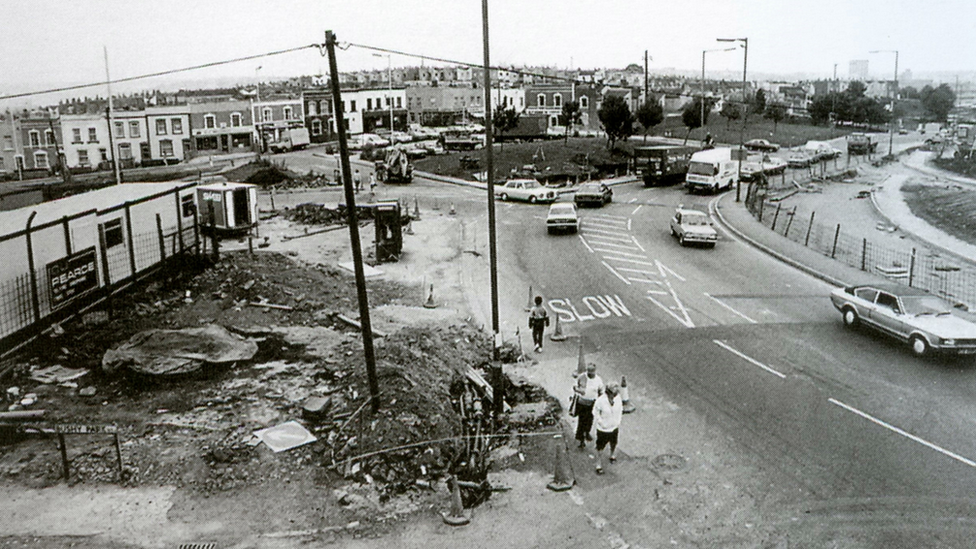
Large parts of Totterdown became derelict wasteland for decades after the demolition
Historians are marking 50 years since hundreds of homes were bulldozed for a road scheme which was never built.
Some 3,500 people were forcibly evicted from their homes in Totterdown for a proposed interchange in the 1970s.
The Road Project plans to project photos of demolished buildings onto their former sites to temporarily resurrect parts of the suburb.
"The hurt is still there for some people - you feel it," said the Road Project's John O'Connor.
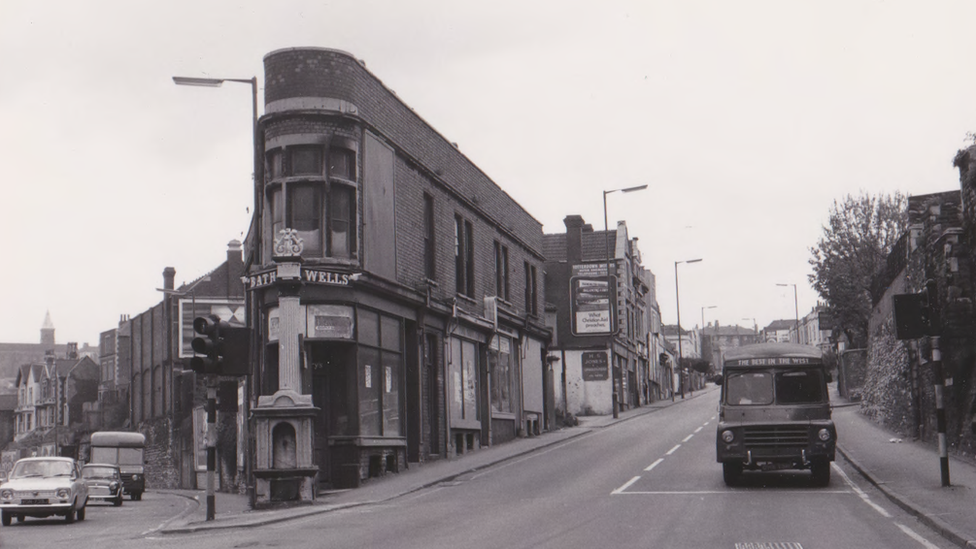
Almost every building in this photo was flattened
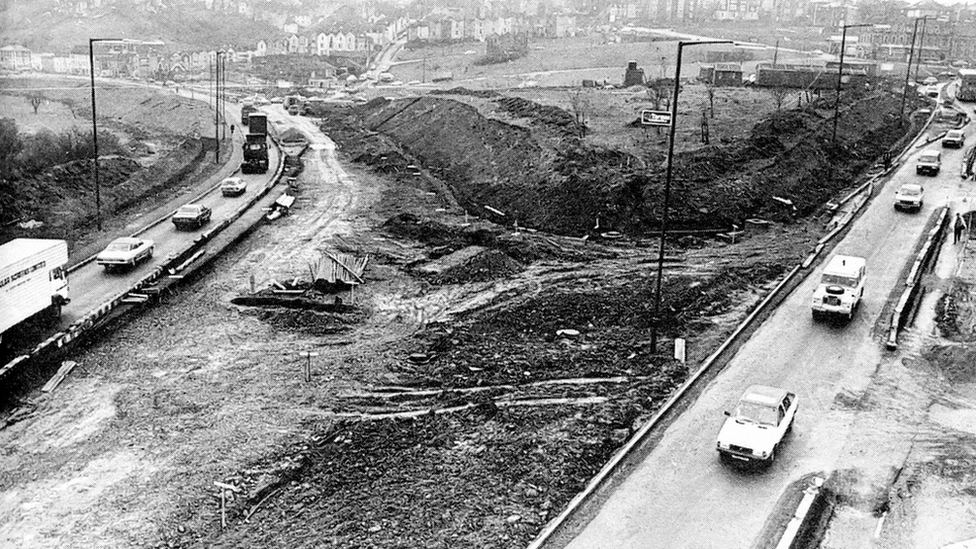
The same area remained like this for nearly 20 years
Mr O'Connor has arranged for the building projections to take place on the evenings of 24, 25 and 26 March.
"People drive through Totterdown now and don't realise what happened," Mr O'Connor added.
"At the time Spaghetti Junction was being built and there was a sense that any city which didn't embrace the car would be left behind."
Some residents did try to resist the wrecking ball, with one former RAF pilot barricading his street with old washing machines to prevent access.
David Fanson, whose family owned a business for 100 years before it was demolished, remembers the "lack of care" with how the destruction happened.
"Four generations ran our shop and it went in the blink of an eye," he said.
"It was depressing and I'm still frustrated and resentful about the planners."
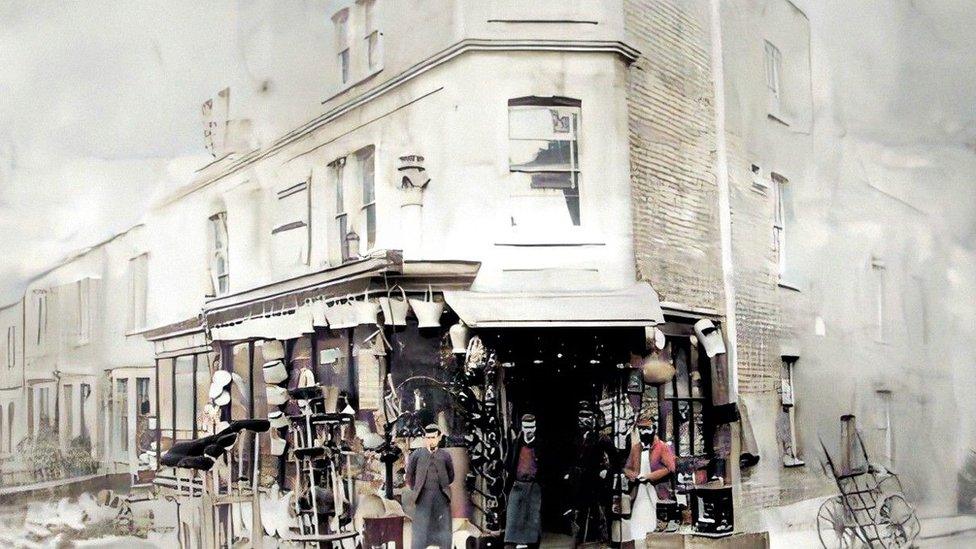
Fanson's Ironmongers was established in the 1860s
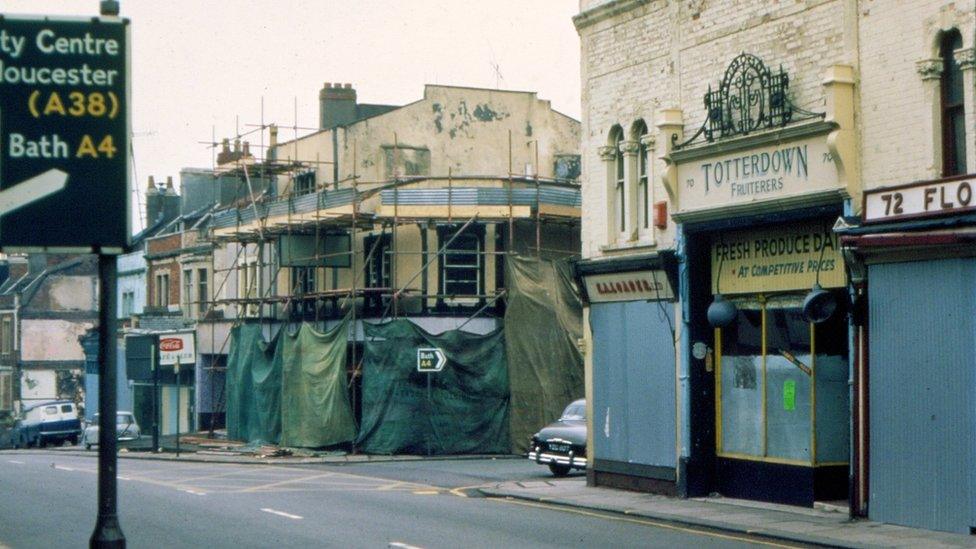
A century later the shop was compulsorily purchased by Bristol Council and demolished
In total some 600 homes, 100 shops, 11 pubs and five chapels were razed in the space of just a few years.
Former resident Peter Read remembers the "vibrant and colourful" neighbourhood.
"You knew all the shop owners, all the assistants - we never shopped anywhere else," he said.
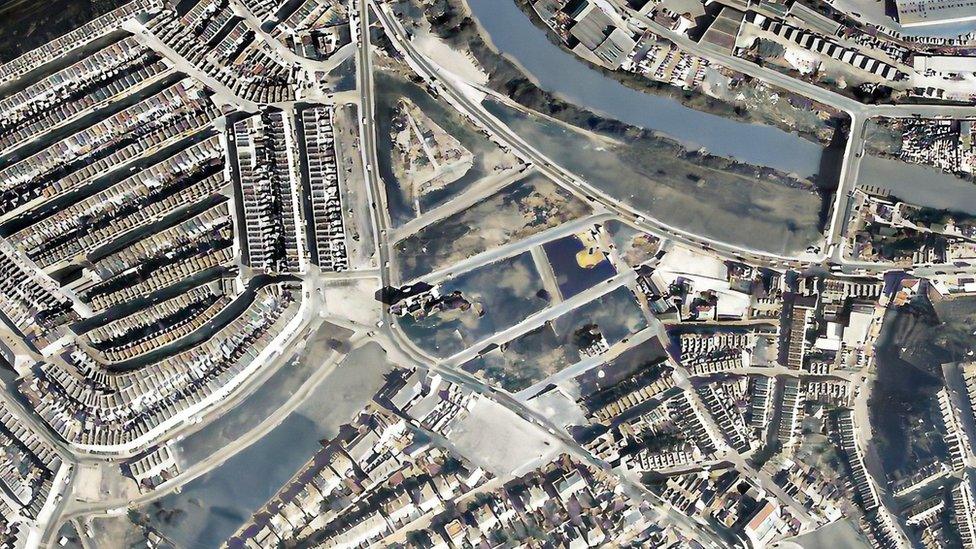
Aerial photographs reveal the scale of the destruction
What was the Outer Circuit Ring Road?
In the 1960s town planners were enthusiastically embracing the explosion in car ownership that took place after the war.
Bristol Council drew up plans for an inner and outer circuit road with a series of radial routes to meet the anticipated demand.
There was cross-party agreement from the Labour and Conservative groups that the roads should be built.
Large swathes of tight-knit communities in Totterdown and Easton were bulldozed and residents were forcibly rehomed as construction work began.
Some sections like the M32 and the Easton Way were completed but by 1973 an economic depression put a stop to the road schemes, leaving Totterdown a barren wasteland for the next few decades until new houses were built.

Follow BBC West on Facebook, external, Twitter, external and Instagram, external. Send your story ideas to: bristol@bbc.co.uk , external
Related topics
- Published24 February 2022
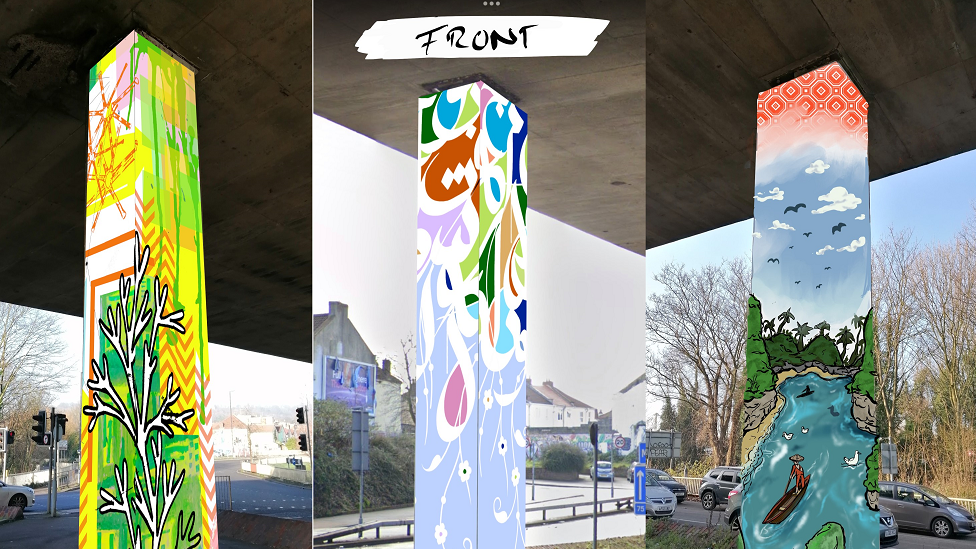
- Published5 August 2021
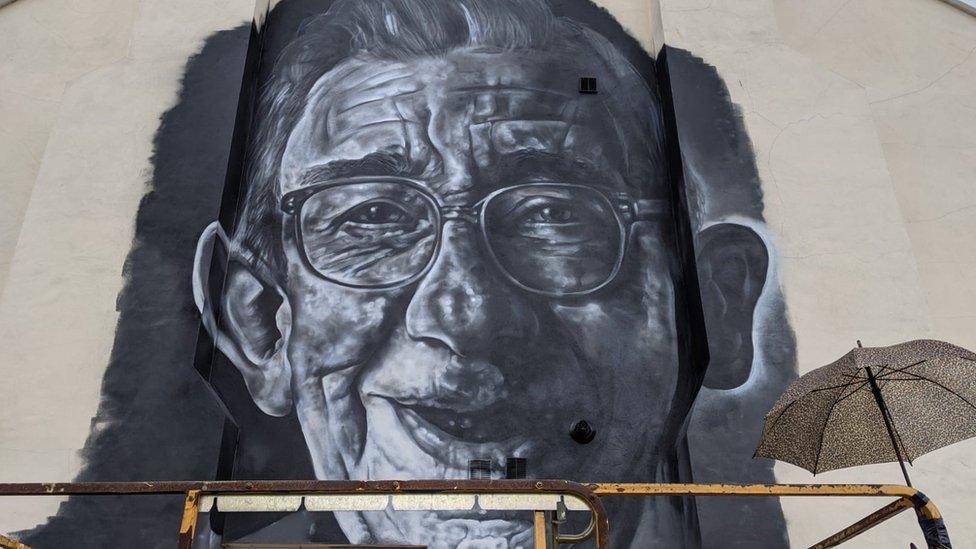
- Published8 August 2019
